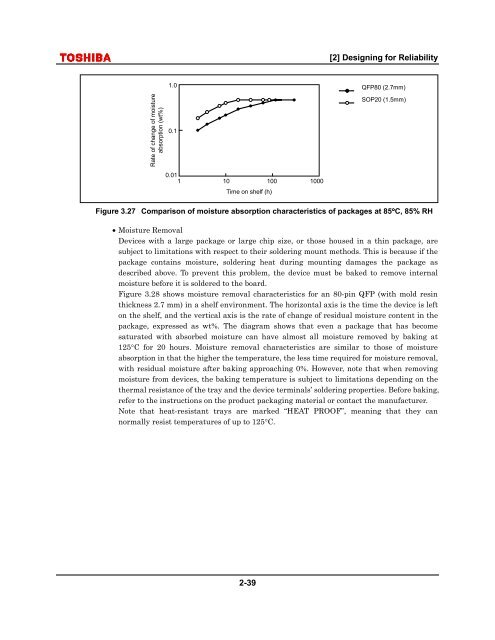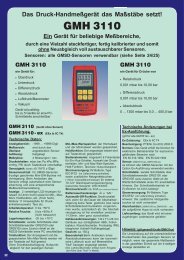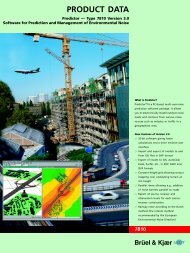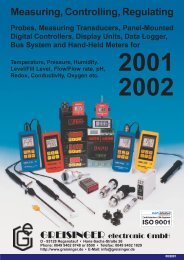1. Basic Concepts in Reliability Design - nl3prc
1. Basic Concepts in Reliability Design - nl3prc
1. Basic Concepts in Reliability Design - nl3prc
Create successful ePaper yourself
Turn your PDF publications into a flip-book with our unique Google optimized e-Paper software.
[2] <strong>Design</strong><strong>in</strong>g for <strong>Reliability</strong>Rate of change of moistureabsorption (wt%)<strong>1.</strong>00.1QFP80 (2.7mm)SOP20 (<strong>1.</strong>5mm)0.011 10 100Time on shelf (h)1000Figure 3.27 Comparison of moisture absorption characteristics of packages at 85°C, 85% RH• Moisture RemovalDevices with a large package or large chip size, or those housed <strong>in</strong> a th<strong>in</strong> package, aresubject to limitations with respect to their solder<strong>in</strong>g mount methods. This is because if thepackage conta<strong>in</strong>s moisture, solder<strong>in</strong>g heat dur<strong>in</strong>g mount<strong>in</strong>g damages the package asdescribed above. To prevent this problem, the device must be baked to remove <strong>in</strong>ternalmoisture before it is soldered to the board.Figure 3.28 shows moisture removal characteristics for an 80-p<strong>in</strong> QFP (with mold res<strong>in</strong>thickness 2.7 mm) <strong>in</strong> a shelf environment. The horizontal axis is the time the device is lefton the shelf, and the vertical axis is the rate of change of residual moisture content <strong>in</strong> thepackage, expressed as wt%. The diagram shows that even a package that has becomesaturated with absorbed moisture can have almost all moisture removed by bak<strong>in</strong>g at125°C for 20 hours. Moisture removal characteristics are similar to those of moistureabsorption <strong>in</strong> that the higher the temperature, the less time required for moisture removal,with residual moisture after bak<strong>in</strong>g approach<strong>in</strong>g 0%. However, note that when remov<strong>in</strong>gmoisture from devices, the bak<strong>in</strong>g temperature is subject to limitations depend<strong>in</strong>g on thethermal resistance of the tray and the device term<strong>in</strong>als’ solder<strong>in</strong>g properties. Before bak<strong>in</strong>g,refer to the <strong>in</strong>structions on the product packag<strong>in</strong>g material or contact the manufacturer.Note that heat-resistant trays are marked “HEAT PROOF”, mean<strong>in</strong>g that they cannormally resist temperatures of up to 125°C.2-39





